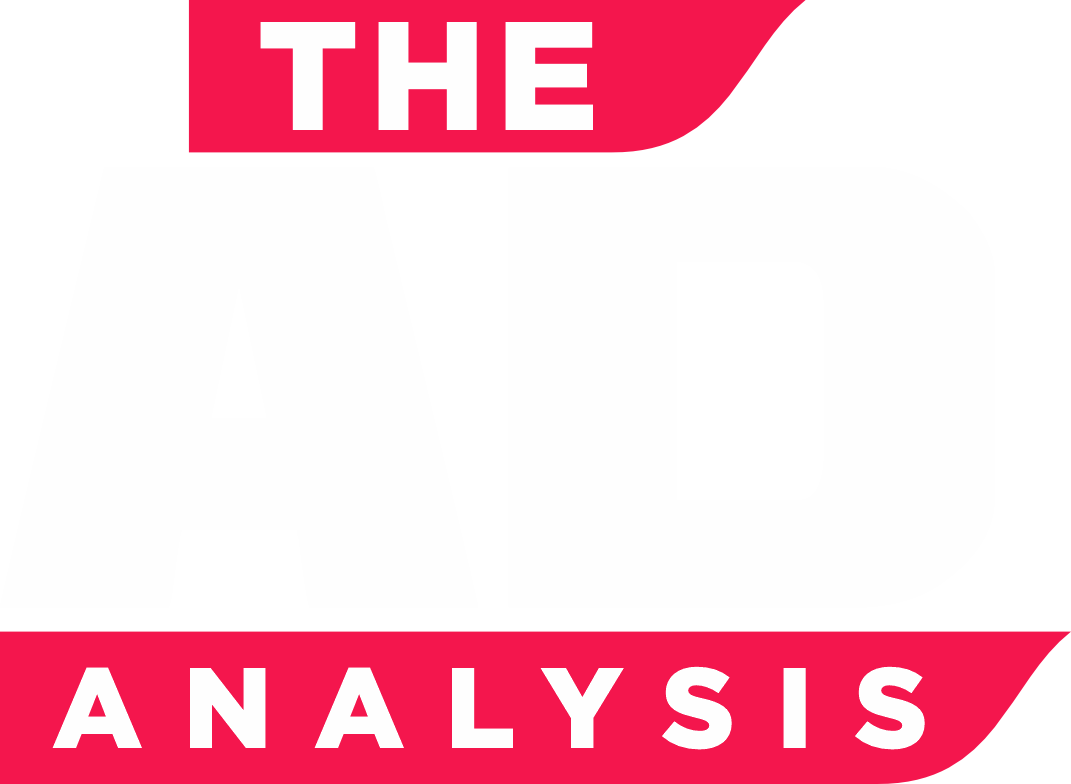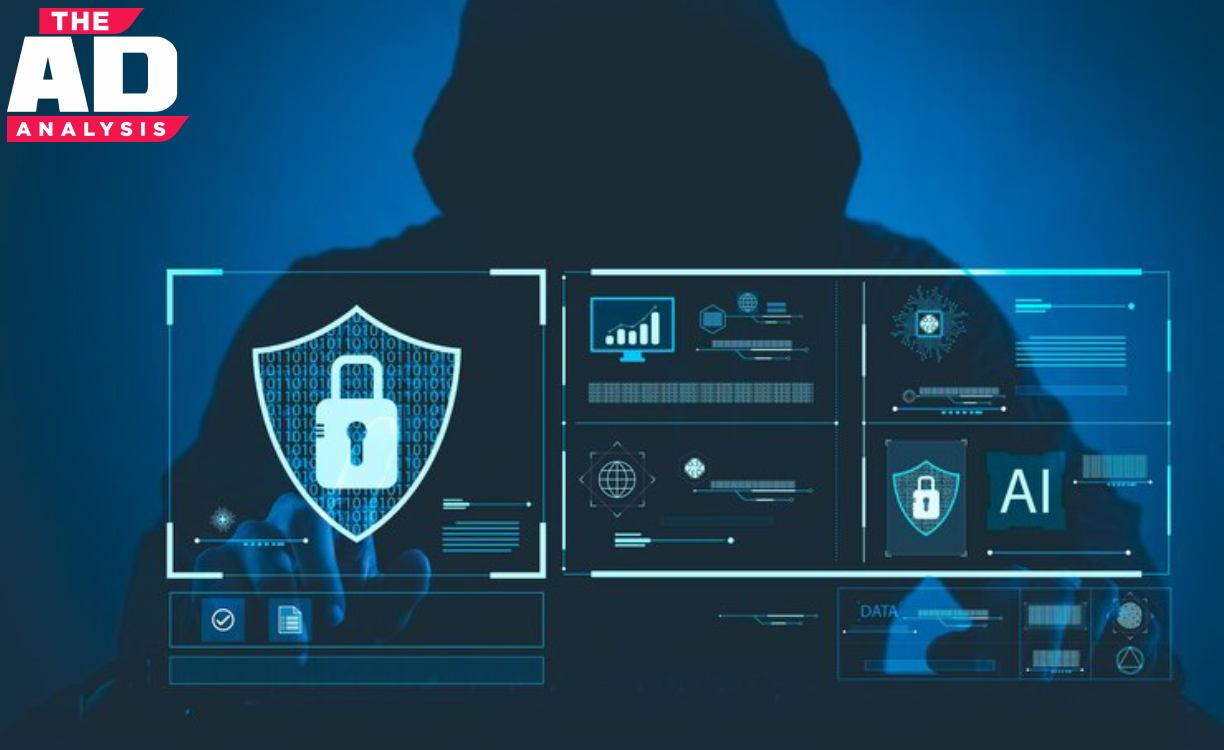As cyber threats continue to evolve, protecting software from attacks in 2025 and beyond requires proactive security measures and cutting-edge technologies. With increasing risks like AI-powered cyberattacks, ransomware, data breaches, and zero-day exploits, businesses and developers must strengthen their cybersecurity strategies to safeguard applications and user data.
This guide outlines emerging cyber threats, key protection strategies, security best practices, and essential tools to keep your software secure in 2025.
🔹 Emerging Cyber Threats in 2025
Cybercriminals are more sophisticated than ever, using AI, automation, and advanced hacking techniques to target software vulnerabilities. Here are some top cyber threats to watch out for:
1️⃣ AI-Powered Cyberattacks 🤖
🚨 Hackers use AI to automate attacks, identify vulnerabilities, and bypass security defenses.
✅ Prevention: Implement AI-driven threat detection & anomaly monitoring.
2️⃣ Ransomware-as-a-Service (RaaS) 🔒
🚨 Cybercriminals offer ransomware kits to anyone willing to launch attacks.
✅ Prevention: Regular data backups, endpoint security, & network segmentation.
3️⃣ Zero-Day Exploits 🚨
🚨 Hackers exploit unknown software vulnerabilities before developers can patch them.
✅ Prevention: Bug bounty programs & real-time threat intelligence to detect weaknesses.
4️⃣ Supply Chain Attacks 🔗
🚨 Attackers target third-party libraries & dependencies to inject malicious code.
✅ Prevention: Use software composition analysis (SCA) & verify vendor security.
5️⃣ Cloud Security Breaches ☁️
🚨 Poorly configured cloud environments expose sensitive data to hackers.
✅ Prevention: Implement Zero Trust security, encrypt cloud data, & monitor access logs.
6️⃣ Deepfake & Phishing Attacks 🎭
🚨 AI-generated voices & videos are used to manipulate employees and steal data.
✅ Prevention: Train employees on social engineering risks & phishing detection.
7️⃣ Internet of Things (IoT) Vulnerabilities 🌐
🚨 Unsecured smart devices create entry points for cybercriminals.
✅ Prevention: Enforce strong authentication & regular firmware updates.
🔹 Best Practices to Secure Your Software in 2025
1️⃣ Implement a Zero Trust Security Model 🔐
✔ “Never trust, always verify” – Assume no device or user is safe by default.
✔ Require continuous authentication & least-privilege access control.
2️⃣ Adopt AI & Machine Learning for Cybersecurity 🤖
✔ Use AI-powered security tools for threat detection, real-time monitoring, and automated response.
✔ AI can detect unusual patterns in network traffic & user behavior.
3️⃣ Secure the Software Development Life Cycle (SDLC) 🔄
✔ Integrate security at every phase of software development:
- Planning: Identify security risks early.
- Development: Enforce secure coding practices.
- Testing: Perform static & dynamic security testing.
- Deployment: Secure cloud & container configurations.
- Maintenance: Regular security patching & updates.
4️⃣ Strengthen Authentication & Access Controls 🔑
✔ Implement Multi-Factor Authentication (MFA) to reduce password-based attacks.
✔ Use biometric authentication (face ID, fingerprint scanning).
✔ Implement role-based access control (RBAC) & least privilege access.
5️⃣ Encrypt Sensitive Data & Secure APIs 🔏
✔ Encrypt data at rest & in transit using AES-256 & TLS 1.3.
✔ Use OAuth 2.0, JWT (JSON Web Tokens), and API gateways for secure API access.
6️⃣ Keep Software & Dependencies Updated 🛠
✔ Regularly update third-party libraries, frameworks, and dependencies.
✔ Use automated vulnerability scanners to detect & fix outdated software.
7️⃣ Implement Robust Endpoint Security 🖥
✔ Use antivirus, endpoint detection & response (EDR), and firewalls.
✔ Secure remote devices with VPNs & mobile device management (MDM) solutions.
8️⃣ Train Employees on Cybersecurity Awareness 🎓
✔ Conduct regular cybersecurity training for developers & employees.
✔ Educate teams about phishing, social engineering, and password hygiene.
9️⃣ Use DevSecOps to Automate Security 🏗
✔ Integrate security tools in CI/CD pipelines to scan code in real-time.
✔ Automate security testing with SAST, DAST, and IAST tools.
🔟 Regular Security Audits & Penetration Testing 🎯
✔ Conduct ethical hacking simulations to test software security.
✔ Use external security firms to identify & fix vulnerabilities.
🔹 Essential Cybersecurity Tools for Software Protection
Here are the best cybersecurity tools developers can use to secure software:
✔ Burp Suite – Web security testing & penetration testing.
✔ OWASP ZAP – Finds vulnerabilities in web applications.
✔ SonarQube – Static code analysis for security & quality.
✔ Metasploit – Simulates real-world attacks for penetration testing.
✔ Snyk – Scans open-source dependencies for vulnerabilities.
✔ Cloudflare – Protects against DDoS attacks & API abuse.
✔ IBM QRadar – AI-powered threat detection & SIEM solution.
✔ Darktrace – Uses AI to detect & respond to cyber threats in real time.
🔹 The Future of Software Security: What’s Next?
🔮 AI-Driven Threat Hunting – AI will detect & mitigate threats automatically.
🔮 Post-Quantum Cryptography – Protects data from quantum computer-based attacks.
🔮 Behavioral Biometrics – AI-based authentication that detects fraudulent users.
🔮 Decentralized Identity (DID) – Blockchain-powered identity verification.
🔮 Autonomous Cybersecurity Systems – Self-healing security solutions for real-time defense.
💡 Cyber threats are constantly evolving. Staying ahead requires innovation, vigilance, and proactive security strategies.
🔹 Conclusion: Secure Your Software Before It’s Too Late
Cybersecurity is not optional—it’s a necessity in 2025. Businesses and developers must integrate security measures at every level of software development to stay ahead of cybercriminals.
✔ A single vulnerability can compromise an entire system – prioritize security now!
✔ Use AI-powered tools, Zero Trust models, and DevSecOps to build cyber-resilient software.
✔ Regular updates, penetration testing, and employee training are key to reducing risks.



